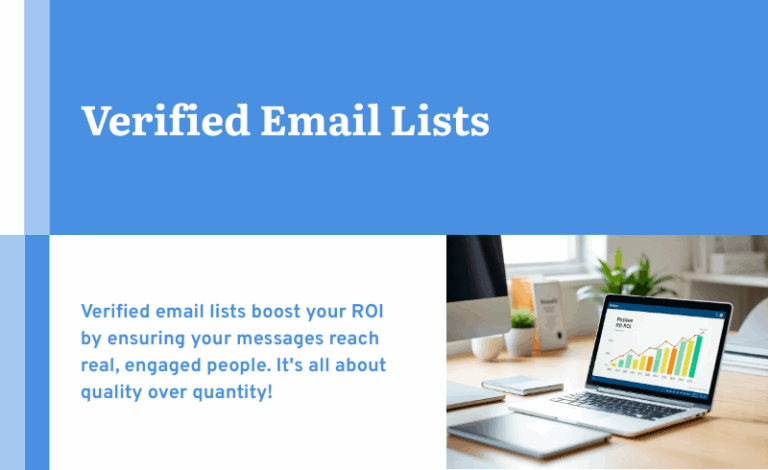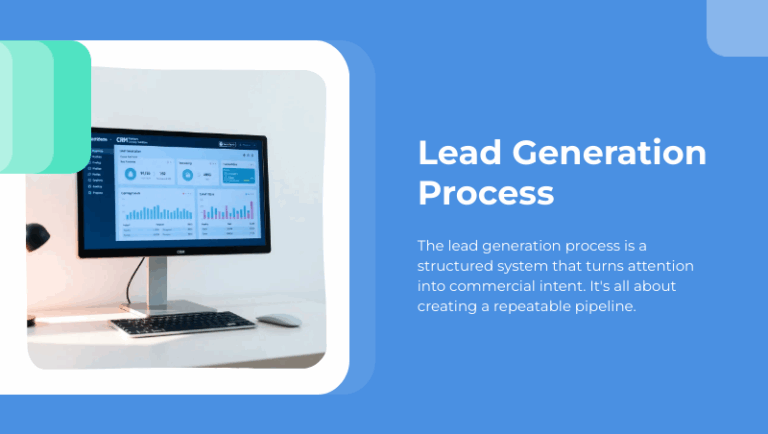
There’s no question that data-driven marketing has transformed the industry. Campaigns that used to take weeks to test, launch, and analyze can now go through these steps in real time. The subtler relationships between data sets are revealed through in-depth analysis. Marketers know more about their audiences, and audiences are hungrier than ever for product knowledge; both get what they want through more comprehensive data.
Any futurist can tell you it’s a challenge to predict the specifics of what we’ll see over the next year, but some trends are already in place and show no signs of stopping. Here’s what you can expect from marketing database management in 2017.
More Kinds of Data
Marketers have understood the value of identifying data since the inception of marketing. Before you can sell to someone, you need to be sure you’re knocking on the right door, after all. Today’s marketing database services both customers and marketers by associating more data – and more kinds of data – with each account. Identifying data, preferences, demographics, firmographics, and behavioral data all go into making a more complete and detailed image of leads, which in turn helps marketers serve their needs better.
Simplified Data Migration
The nuts and bolts of database management have gotten a significant tech upgrade too, and that trend’s likely to continue. Migrating data from an older platform to a new product or upgraded version used to be an ordeal; today, a database manager can move data into its new home in far less time and with less disruption for businesses. As the major players in marketing technology have emerged and standardized elements of their software, migration is no longer the obstacle it once was to upgrading.
More Sophisticated Analytics
It’s fairly straightforward to see the relationship between, say, ZIP code and income. What happens, though, when you want to overlay new variables and discover connections between postal code, household income, browsing habits, purchase histories, and industry type? Whether software is drawing audience segmentation lines in more meaningful ways or gaining better insight into an audience’s decision-making process, its ability to process complex interrelationships between data sets is an incredibly powerful asset for marketers.
Greater Integration
All the state-of-the-art analytical tools on the market won’t deliver on their promise if they don’t have access to the raw material that makes insights possible – raw data. Siloed information used to be the norm; organizations’ sales histories, CRM data, and prospect databases were only incompletely integrated, if at all. Centralizing information in a core marketing database allows your marketing team to look at everything from big-picture trends to the finest details while drawing on all the data to arrive at useful conclusions.
© Reach Marketing LLC 2017 All Rights Reserved.



